Bees and their welfare in our gardens is the topic of Jean Vernon’s first book, The Secret Lives of Garden Bees. In her new book, Attracting Garden Pollinators (White Owl, 2022), Jean expands her reach and introduces readers to the wider world of insects on whom we rely but rarely credit as important and necessary.
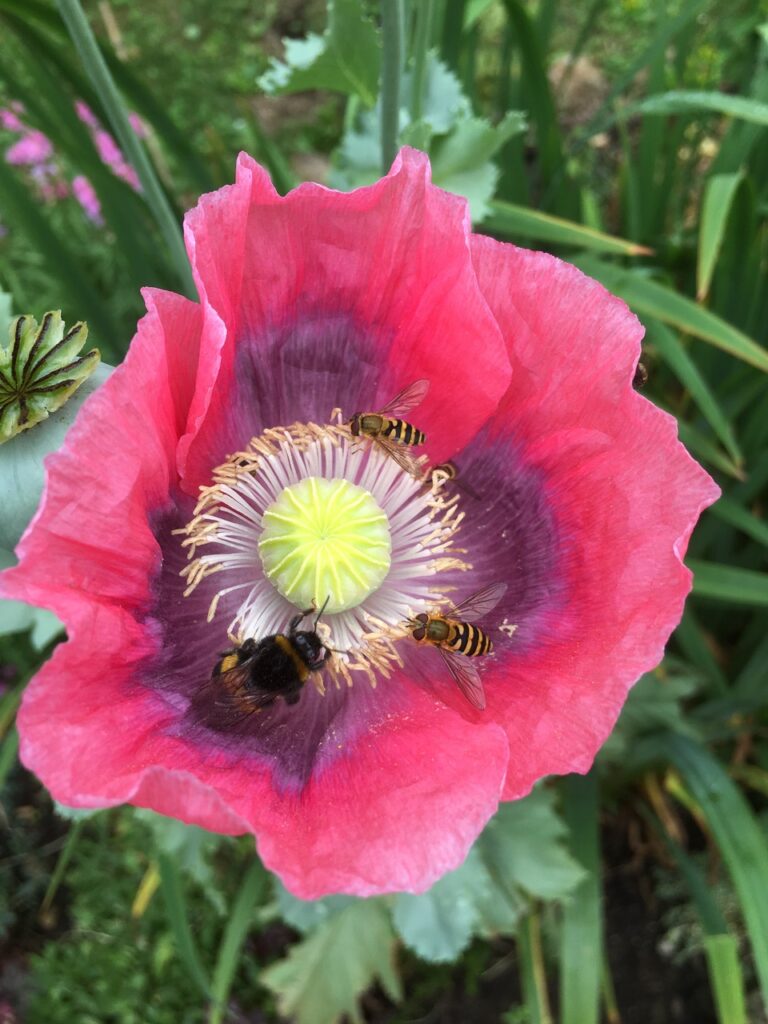
From the start, Jean explains just what a pollinator is, what pollination is and what the insects do, and highlights how little attention is generally paid them. Some we simply take for granted, while others we classify as pests to be dealt with summarily. Unsung, these insects live side-by-side with us, so it is pleasing that their vital roles are put centre stage in this book. In the UK pollinators are usually insects but birds, bats, mice and even possums play similar roles in other parts of the world.
Without their action in pollinating our food plants we would not have the varied diets that we do. Pollinators ensure that cattle and livestock are fed, and through pollination they provide us with the seed we need to grow new plants, as well as the veg, fruits, nuts and seeds that we like to eat.
The good thing is that although we might pay little heed to our garden insect pollinators our gardens play a vital role in ensuring the survival of many pollinator species. So we can make a difference by changing up a few gardening techniques to ensure the survival of pollinators and increase the biodiversity of our gardens.
Flower shapes, sizes and the way the petals are arranged as well as the configuration on stems, are all important factors, as is providing a wildlife corridor for safe havens and forage rich zones. Providing water, tolerating weeds and halting the use of chemicals in your garden are other means to protect and increase pollinators.
Meeting and getting to know the pollinators was for me the most important part of the book. Quite a cast list: they include butterflies, moths (day and night-flying moths), bees, wasps, hoverflies, flies and beetles. Jean profiles particular pollinators from each group, with a section of interesting facts and comments. She also offers notes on how to spot and attract each of the insects she covers. Fun facts such as the batman logo on the thorax of the commonly known Batman hoverfly, will have a place in my garden party chat repertoire, especially if there are children to introduce to gardens and wildlife.
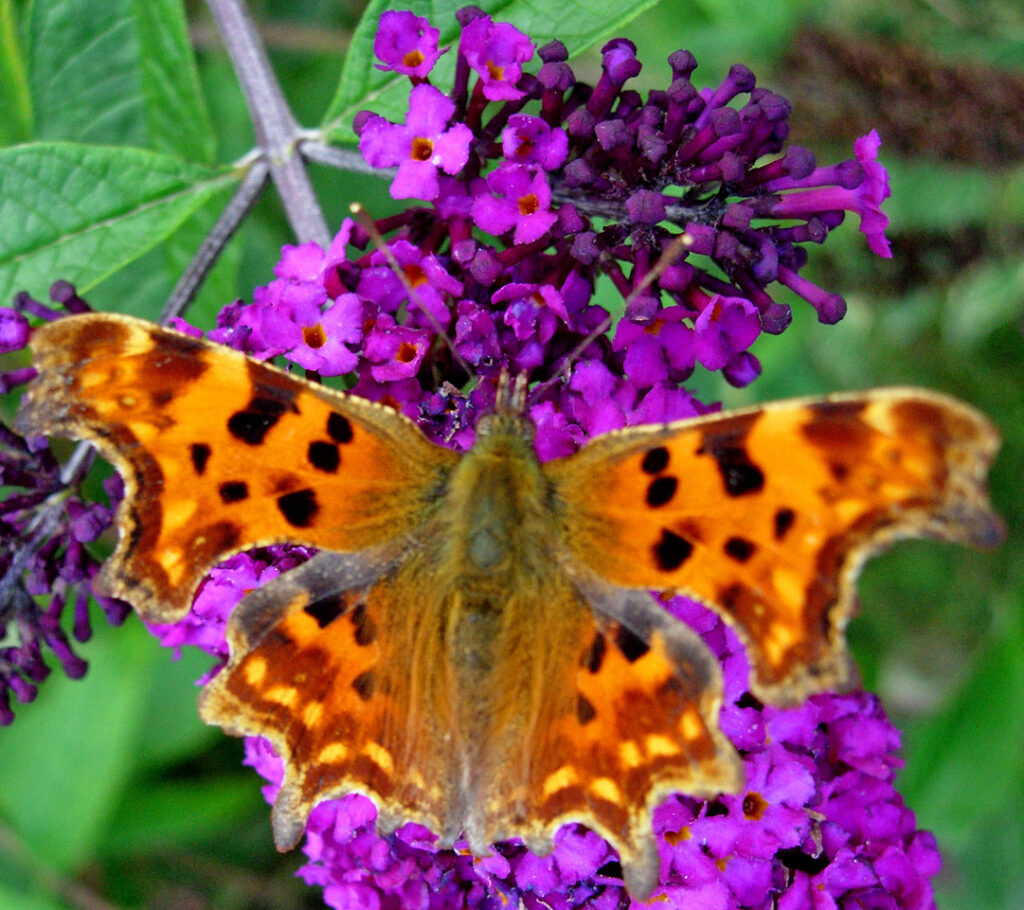
© Martin Mulchinock
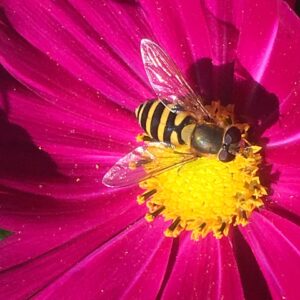
© Jean Vernon
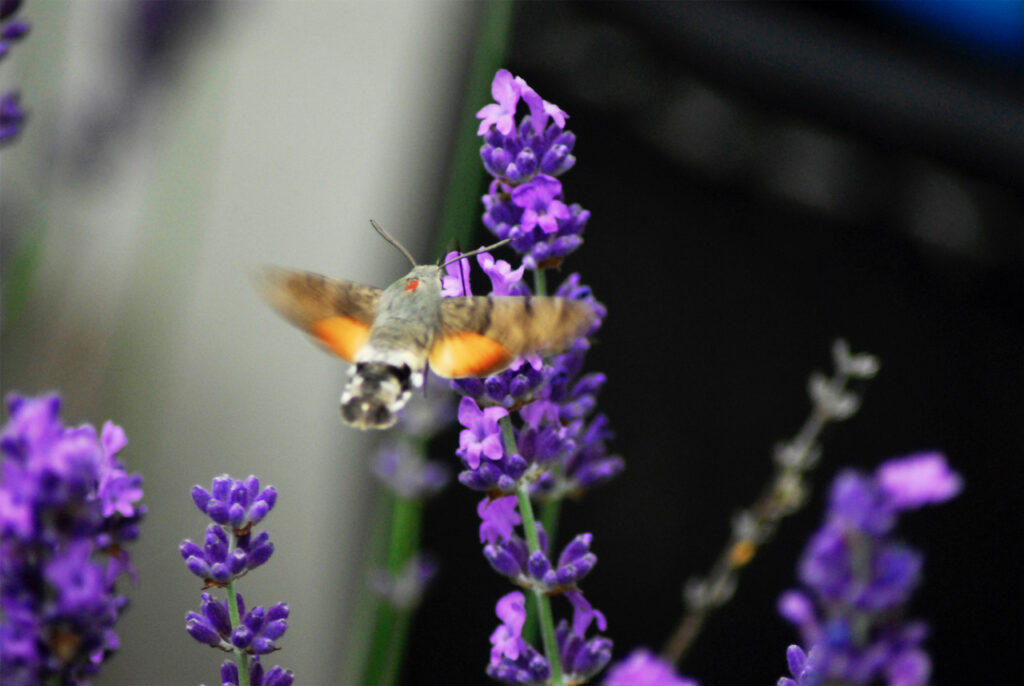
© Martin Mulchinock
Habitats come next, with ponds, banks, drystone walls and hedges featuring prominently. Jean follows this with a guide to the plants that will offer the most to the pollinator insects. I am glad to report that borage, cosmos, nasturtium, perennial sweet peas, lavender, marjoram, rosemary, thyme, sage, chives, runner beans and courgette flowers are among the many summer pollinator plants in my garden. The flowers of fruit including raspberries, blueberries and blackberries are also at the pollinator dining table in my garden, and I benefit totally from their work.
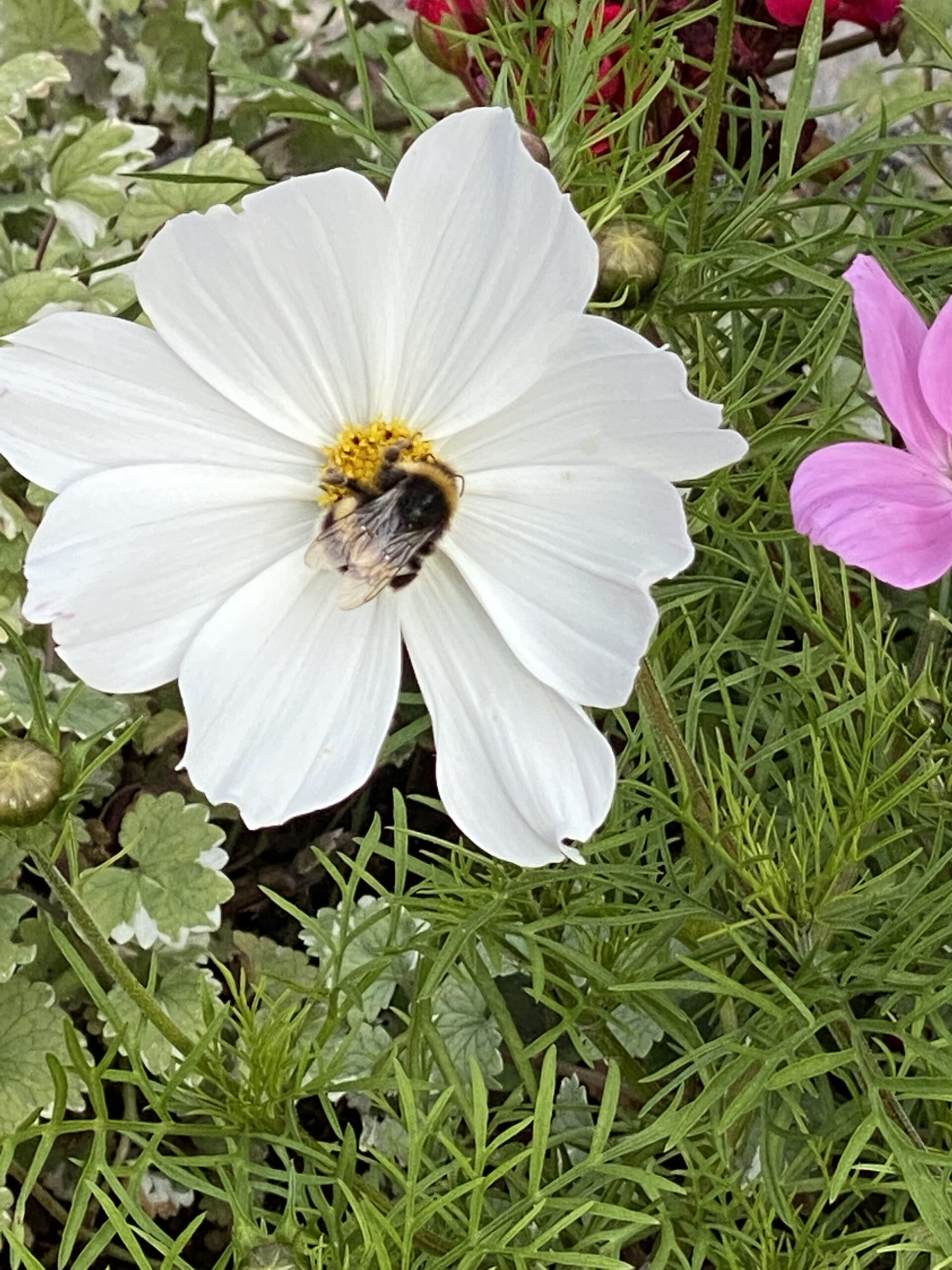
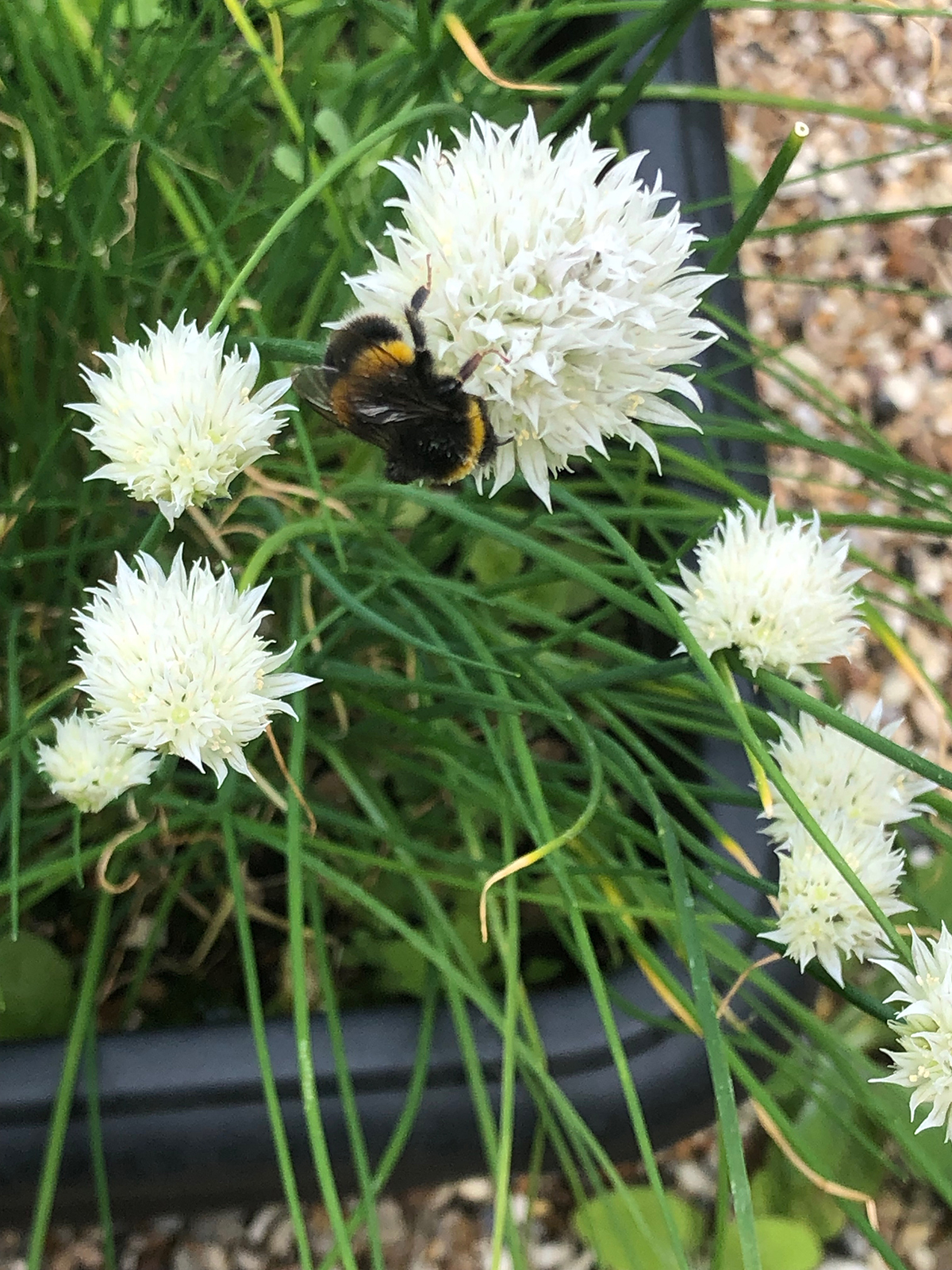
© Barbara Segall
Early spring is a perilous time for pollinators when flowers are not so plentiful, so it is useful to enjoy the bounty of spring flowers such as hellebores, pulmonaria and comfrey, and know that their flowers are bridging the ‘hungry gap’ for pollinators.
I may have to revise my ways and learn to live with bindweed: Jean notes that it attracts bumblebees, so hard as it will be I must try to tolerate it. She cites dandelion, thistle and teasel as plants that some might call ‘weeds’ but she describes as wild plants that will attract a range of pollinators. And once they have flowered it is simple to deadhead them before they set seeds. Some flowerheads, such as those of teasels, though, will be a food source for over-wintering insects and birds.
The book closes with a section on further reading and organisations that will benefit from your support, and a meticulous reference section and index.
Serious facts about the plight of our garden pollinators are counter-balanced by Jean’s appreciation that fun facts will entice and hook readers and convert them into garden-pollinator warriors!
Getting to know and attract pollinators starts here!
Attracting Garden Pollinators is available from bookshops and signed copies are available direct from Jean Vernon’s website. It is also available on Kindle.
Published by White Owl, it costs £25 (discounted to £20) ISBN 978 1526711908
Twitter @thegreenjeanie
Instagram @addicted2bees #attractinggardenpollinators
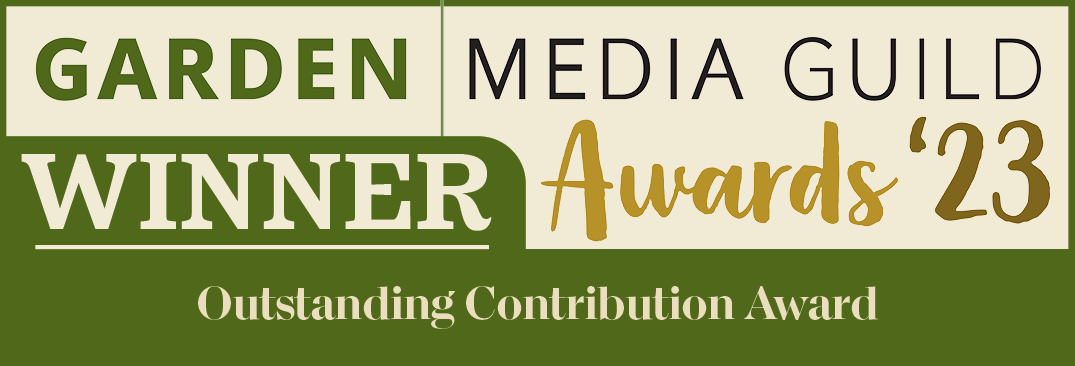
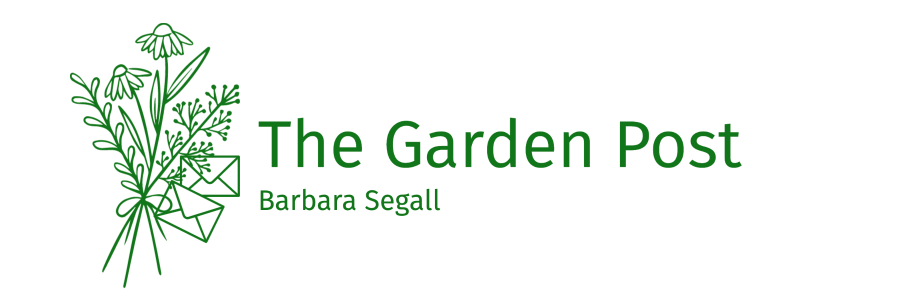
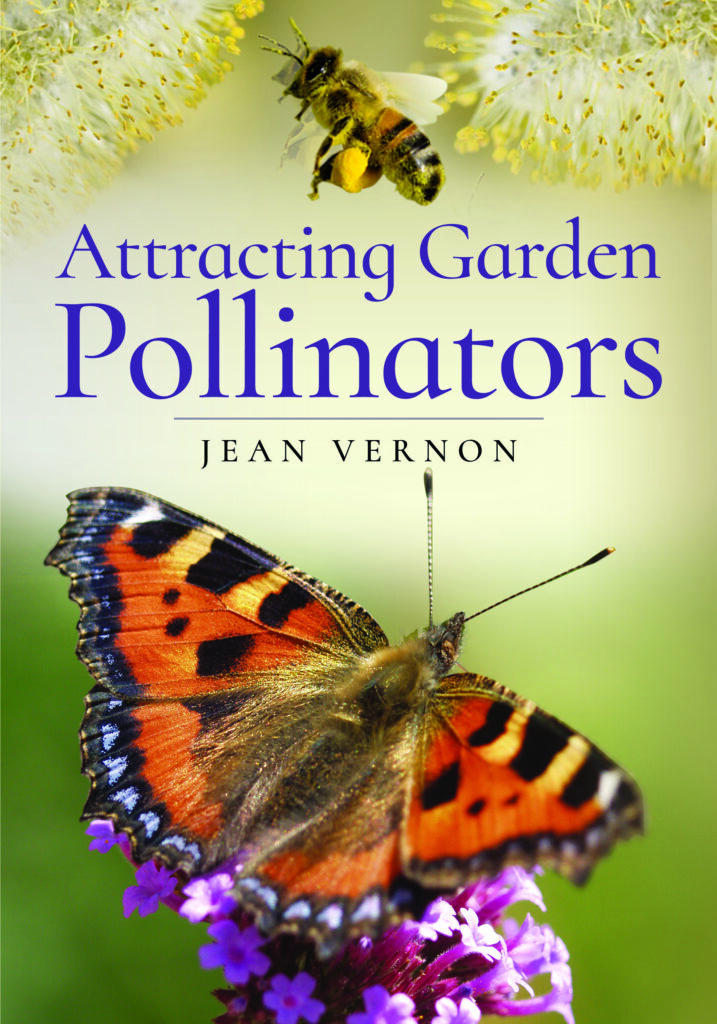
Leave a Reply